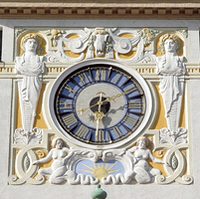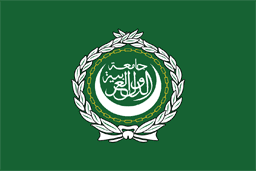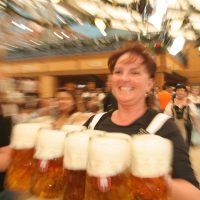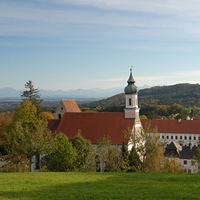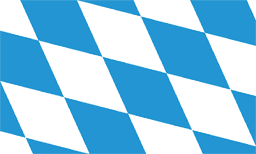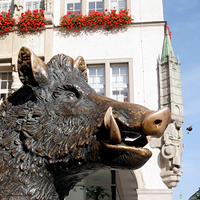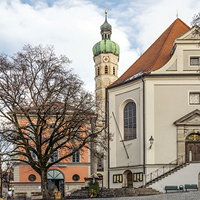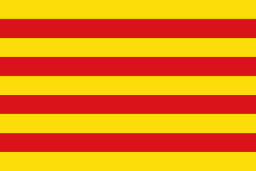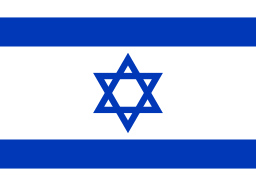“Art Nouveau” is known in Germany under the name “Jugendstil”. Renowned artists contributed greatly to make Munich an important location and even center of art nouveau. Numerous buildings in the city still bear witness of this revolutionary, “scandalous” style, which radically challenged older traditions.
Show Guides for Language:
The Oktoberfest beer festival in Munich is one of the largest fairs in the world and meanwhile looks back on 200 years of history. It was first held on 12th October 1810 on a field outside Munich’s city walls to mark the wedding of Crown Prince Ludwig I and Princess Therese. In honour of the bride, the site was called “Theresienwiese” (“Therese’s meadow”), leading to the festival name of “Wiesn” used by locals. Hear its history and entertaining stories associated with the Oktoberfest.
Show Guides for Language:
The former Benedictine monastery Wessorbunn is more than 1200 years old. From this place the first prayer in German language, written shortly after 800, was passed down to us. Later the Wessobrunn workshops produced a large number of eminent plasterers and artists, whose works gained fame well beyond Wessobrunn.
Show Guides for Language:
You have always wanted to see an original “Wolpertinger”, the famous mythical creature? Then come to the Museum of Hunting and Fishing in Munich’s pedestrian area! The exhibition provides comprehensive information on Bavaria’s hunting history.
Show Guides for Language:
Dachau has not only a scenic old centre with St. Jacob’s Church and the Wittelsbach Castle, it was also home to an artists‘ colony. Carl Spitzweg painted here as well as Max Liebermann and Lovis Corinth, all inspired by the town, its rural hinterland and the seemingly endless view from the castle.
Show Guides for Language:
